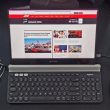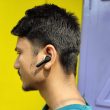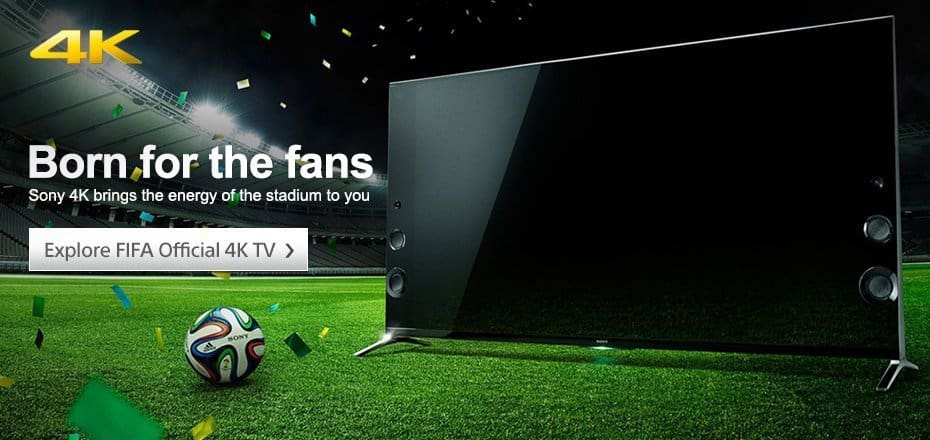No matter which game it is, technologies now have a role in every single game and the 2014 FIFA World Cup was not an exception. Finally, the World Cup is over for now, and we will have to wait four years more. But, here’re three things that you should know about, and how they had an impact in the World Cup and how they made this World Cup, the most spectacular World Cup we have ever watched.
3 Technologies, among them two great rulers in the world of technology and sports accessories. Yes, we are talking about Sony and Adidas, who assisted in making this World Cup spectacular. Eventually, there was someone else, who had a huge influence, GoalControl GmbH. Now, in every sports event, there is a matter of sponsors, broadcast partners and the revenue is earned from broadcasting partners in many ways. Now people don’t just watch a match on television, they like to watch on the internet, want to watch a match on the go on their smartphones and tablets. So, to improve the viewer experience something was done, which was never been experimented before- 4K coverage. We’ll be looking into all three techs behind the World Cup, so let’s start with the first one.
3 Technology Applications in FIFA World Cup 2014
1. 4K Coverage
Sony and FIFA made a deal to make a production in 4K. 4K means the resolution of the media is 4000 pixels, which is not yet common. The most common is 1080p, till now, and the 4K is available in many high-end devices and offers an ultra-high-definition and viewing clarity. To demonstrate what the action looks like in 4K, Sony has captured footage of the final, one quarter-final and a round of 16 games on June 28th, 2014. The footage from these games will then be included in the official 2014 tournament film that will be produced in and the film will be presented online through 4K content distribution platforms after the World Cup has concluded.
2. Goal-Line Technology
For the first time in tournament history, goal-line technology (GLT) will be used to assist referees this summer in Brazil. To implement this, FIFA went into a long process of testing the Goal Line Technology companies and tested their systems in matches. Finally, FIFA selected GoalControl GmbH as their partner for the FIFA World Cup 2014. GoalControl GmbH had to undergo the testing program and had to earn the FIFA Pro certification for participating in the technology race in the FIFA World Cup 2014. This technology has surely assisted the referees in a great way. The ball is tracked in 3D during the whole match and as soon as the ball crosses the field line, no matter at what position the referee is, how will get an alert on his wristwatch which is synced with the GLT system. And finally, here’s a short video from FIFA to show how it actually works.
3. Brazuca
This is something most football fans are very familiar with, the official ball for the FIFA World Cup 2014. Balls from previous tournaments have been subject to scrutiny for being too light and having erratic flight paths due to their make up. But the Brazuca has been tested for 1.5 years and has received approval from 600 of the world’s top players including Lionel Messi, Iker Casillas, Bastian Schweinsteiger and former France player Zinedine Zidane. This is what Adidas said about Brazuca- “A new structural innovation with a unique symmetry of six identical panels alongside a different surface structure will provide improved grip, touch, stability, and aerodynamics on the pitch. Brazuca has been thoroughly tested to meet and exceed all FIFA metrics for an official match ball, ensuring top performance for every condition.”








